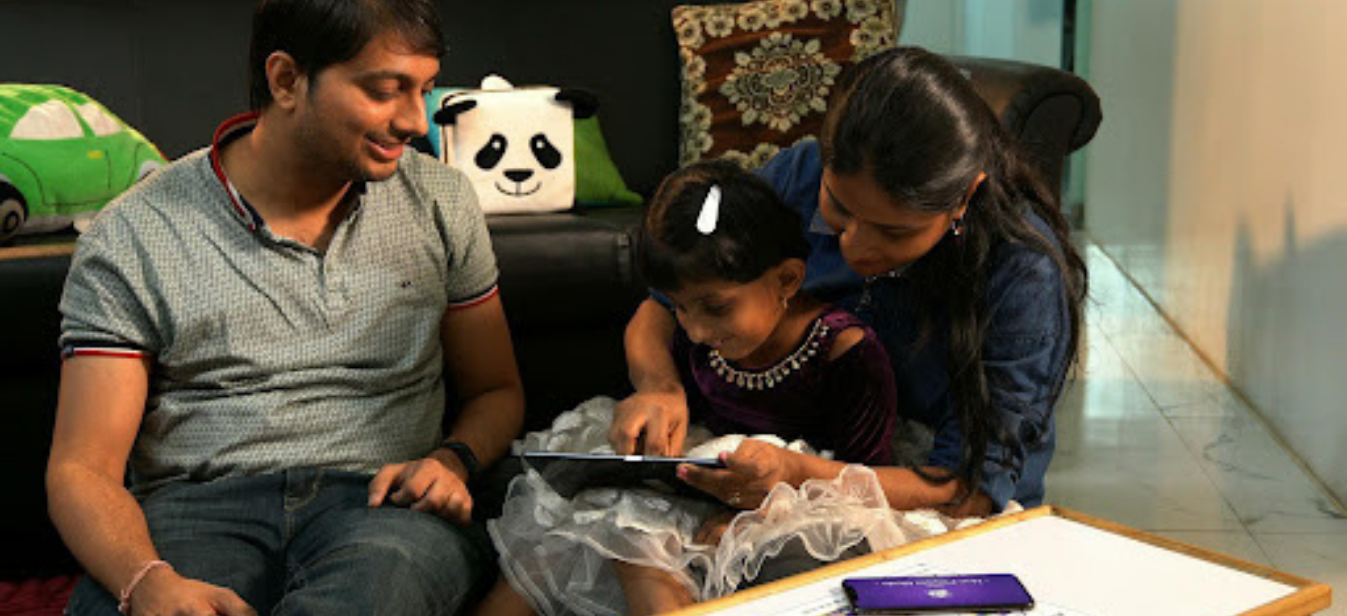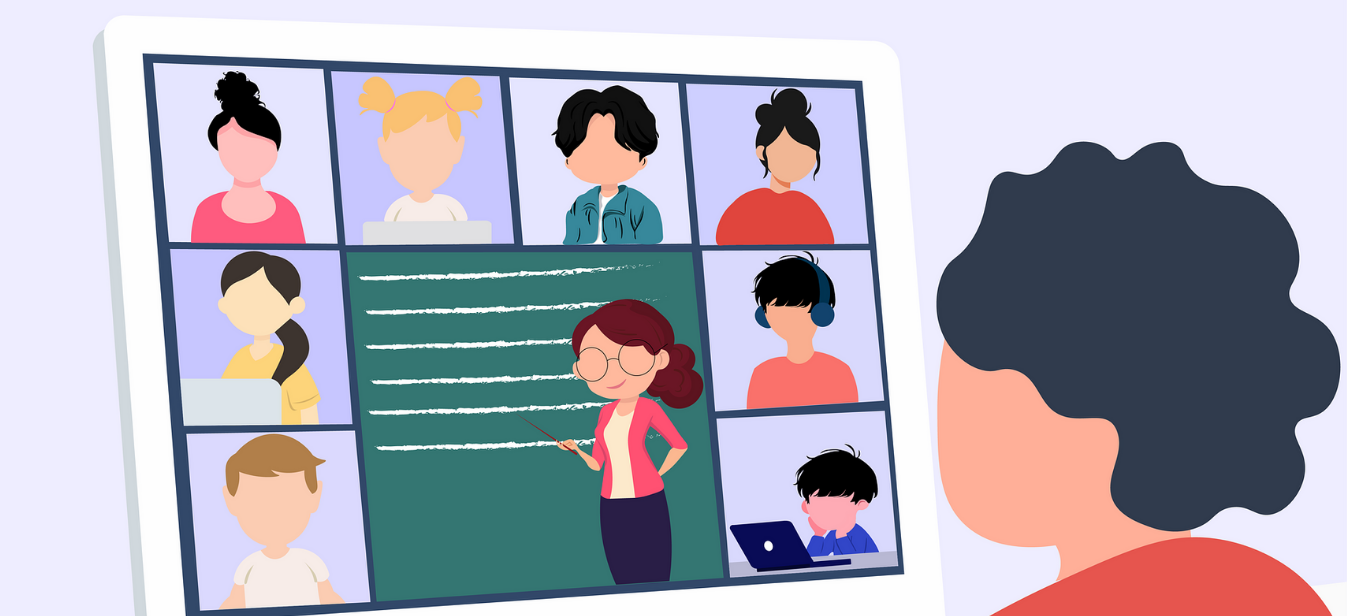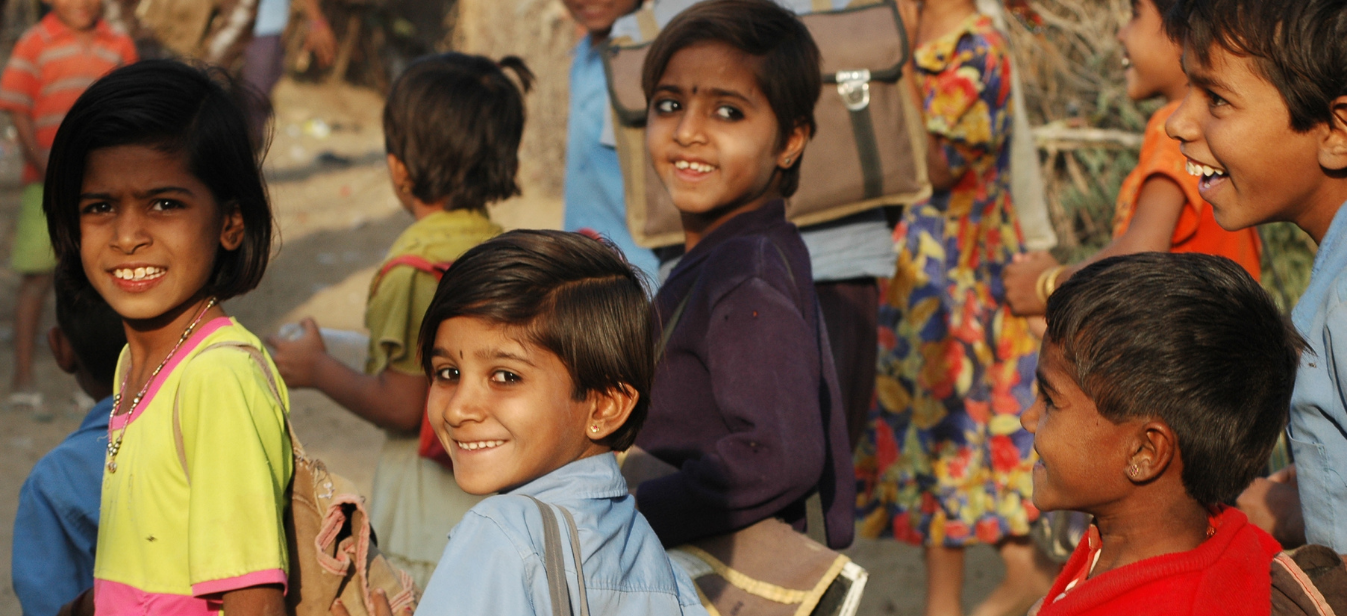*While the article lists guidelines for young learners, they could apply to adult learners in teacher training sessions as well.
As the Government of India takes several steps to ensure an independent future for the country, we support the cause by coming up with these guidelines, which help children across grassroots levels become self-reliant learners.
1) Avoid Overwhelming Learners: Refrain from assigning a significant workload for the home or for after-school hours as much as you can. This is because young children learn best when they work with bite-sized units of knowledge at a time. Starting small (e.g., introducing only a few letters at a time) and repeating the lessons in a fun way (e.g., making tunes with the letters, playing letter games) will provide better learning outcomes for the classroom.
2) Repetition Is Key: First, introduce your learners to the concepts and then repeat with higher-level tasks or different contexts. We recommend including context wherever possible, as this helps children remember their lessons more clearly. For example, if you’re teaching children letter sounds, teach them how to use them in words. If they’re learning words, then teach them how they’re used in sentences and if they’re learning sentences, then learn to make stories with them. Educate parents on the importance of giving context, as they are equal partners in the early childhood education process.
3) Meaning Matters: As with contextual learning, associating meaning to the lessons taught increases retention. In an early years’ classroom, stories are one of the best options to assign meaning to lessons. For example, if you are teaching vocabulary, link words to respective images via picture books. If sentence comprehension is the end goal, use stories to check students’ understanding of statements, story sequence, and character development.
4) Don’t Be Afraid To Play: Once you’re done with a lesson, expand on what you’ve learned by playing games. E.g., if you have learned to rhyme, then brainstorm more rhyming words with your students. If you have studied the word families or opposites, think of other words in those families and other word families. If you have read a story, think of alternative endings, discuss what happens, think of background stories for the characters, draw the characters/story sequence, or enact the story in a bit of play. If simply brainstorming is not fun for your learners, then add a ‘speed’ element and race the clock. In short, encourage children to discuss and expand on what they have just learned. This helps them engage with the material more and remember the lessons better.

5) Switch Between Oral And Print Tasks: Try the same tasks with and without print. For example, if you have taught children to write rhyming words, try to play around with the identical/similar rhymes verbally.
NOTE: Oral tasks don’t require children to know the alphabet. So, if your students only know the letters A, B, C, D, there’s still nothing stopping them from orally rhyming other sounds.
6) Make Learning Interactive: Instead of making students sit and repeat words or answer questions, allow them to watch, listen, touch, and feel the material they are learning. This helps them engage much better and pay attention, and internalize a concept by remembering how it sounded, looked, felt, and what it meant.
7) Build Interest In Learning: Keep boredom away by getting students interested in whatever they’re about to learn, even before the lesson starts. E.g., make reading more enjoyable by teaching them about books and print; make them realize that print has a meaning and that stories can come out of books. Expose them to exciting stories with characters they like. Read books around them, even your own books, so that they are intrigued and curious about it. If you’re reading on multiple devices, focus on the stories and how interesting they can be on such mediums.
8) Start Easy And Scaffold: Avoid teaching complex concepts before easy ones on the belief that more straightforward learning will come more easily to children after they master tough topics. This becomes demoralizing to children and could even hamper learning in the long run. Instead, start with a simple topic that children will succeed at. Their success determines how their lessons proceed and their attitude towards learning. Once they have mastered simple concepts, gradually increase complexity, one step at a time in a gradual, scaffolded manner.
9) Bright Colours: There is a reason many early years’ classrooms and learning centers have pops of color and elements of play everywhere. For young children, color is infinitely more attractive than simple black and white designs. So dress your learning materials with the same color to catch students’ attention. Add little splashes of color, use cute characters, and lean on adorable props or games for some fun with learning.
10) Language Immersion: Most Indian children are bilingual or even multilingual, learning English in addition to their native languages like Hindi or Marathi, for instance. Using native or fluent speakers for instruction helps children develop correct tonality, pronunciation, and speech clarity.
We believe turning young children into lifelong readers and learners is a delicate task that requires wholehearted support from the entire learning community — teachers, educators, parents, Anganwadi workers. Square Panda India’s suggested guidelines are intended to usher early learning stakeholders towards building a foundation for learning right from the early years.
See our efforts towards building an impactful educational landscape in India: https://ecce.squarepanda.in/

























